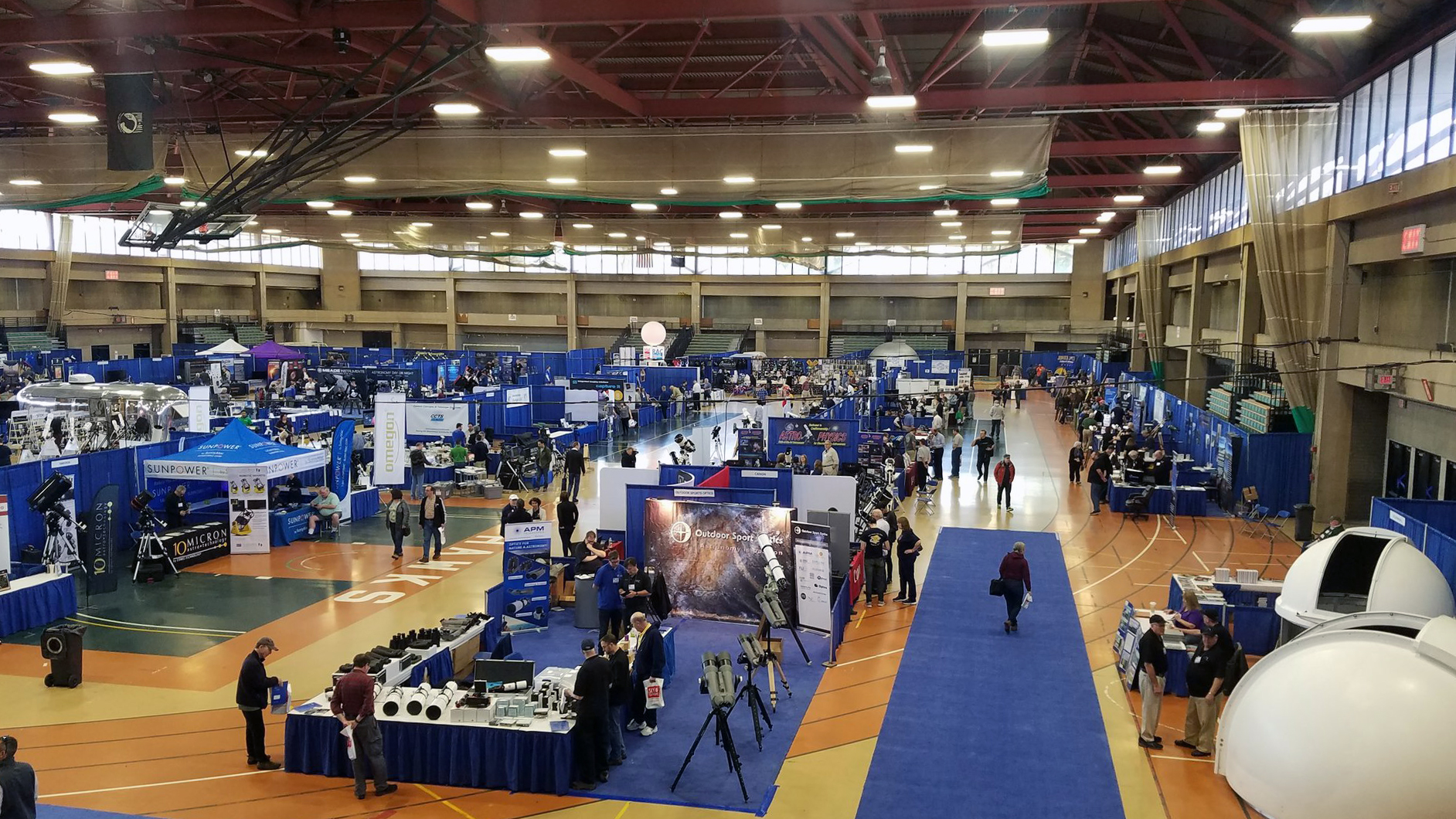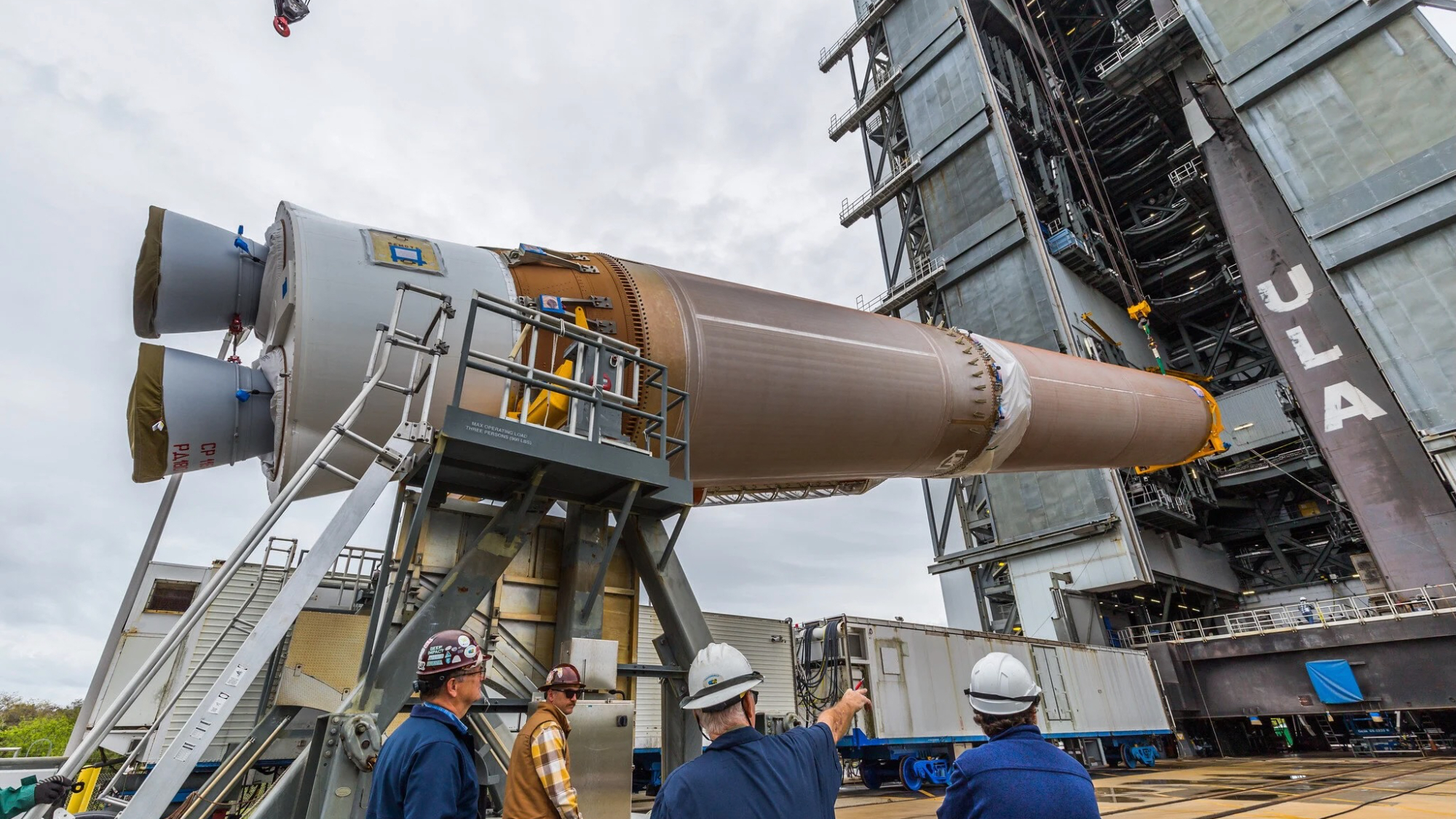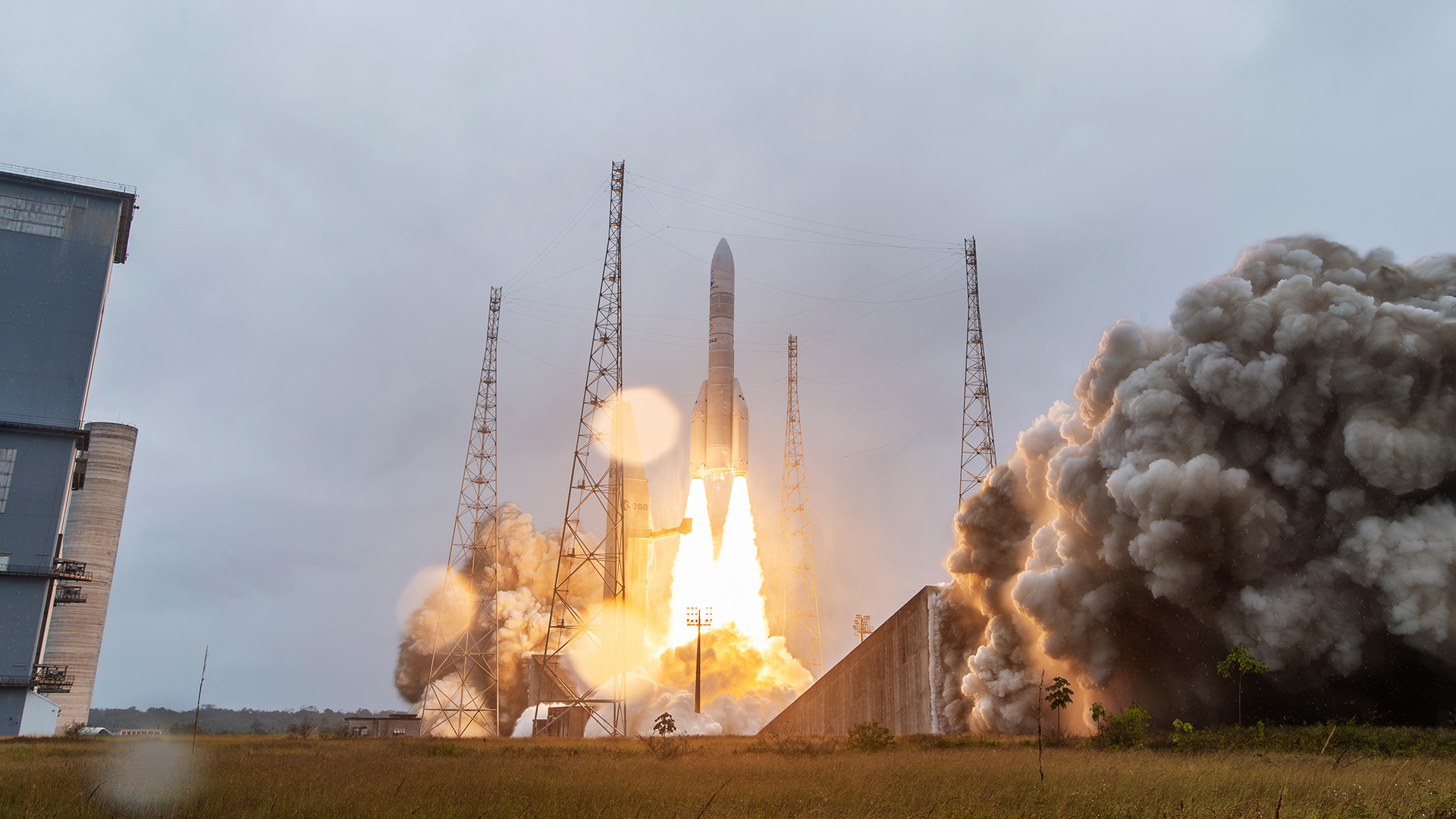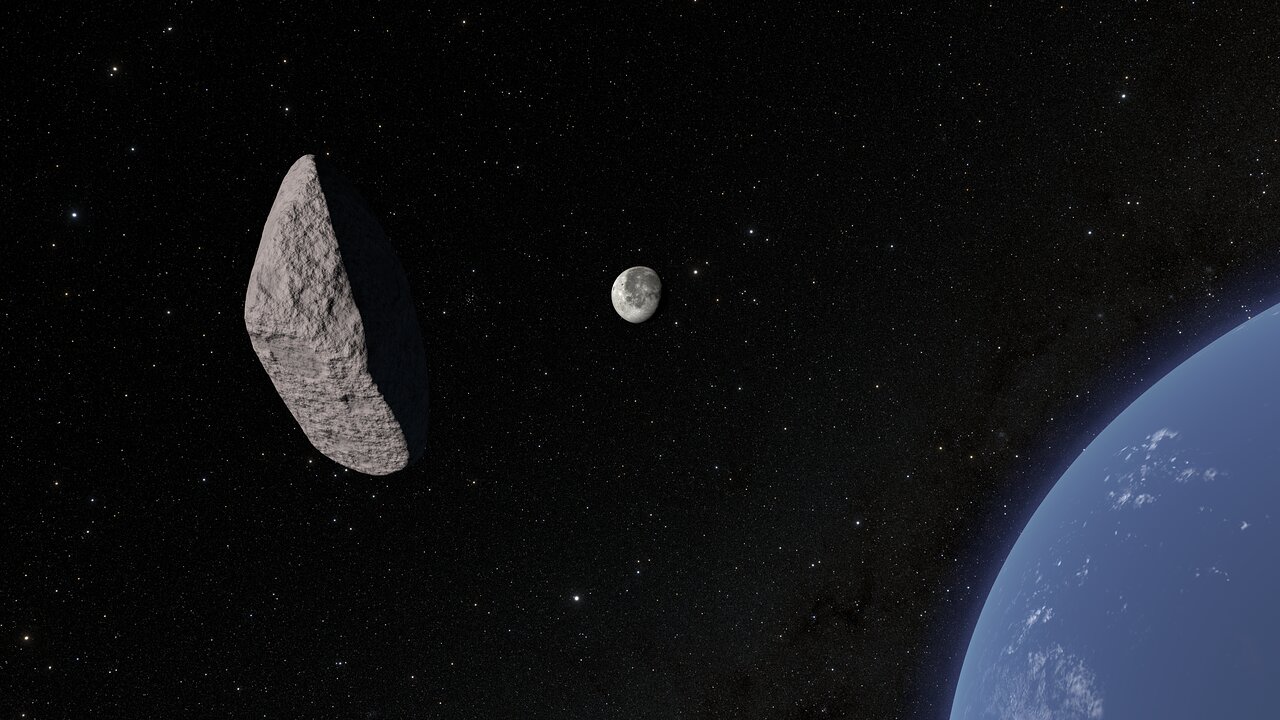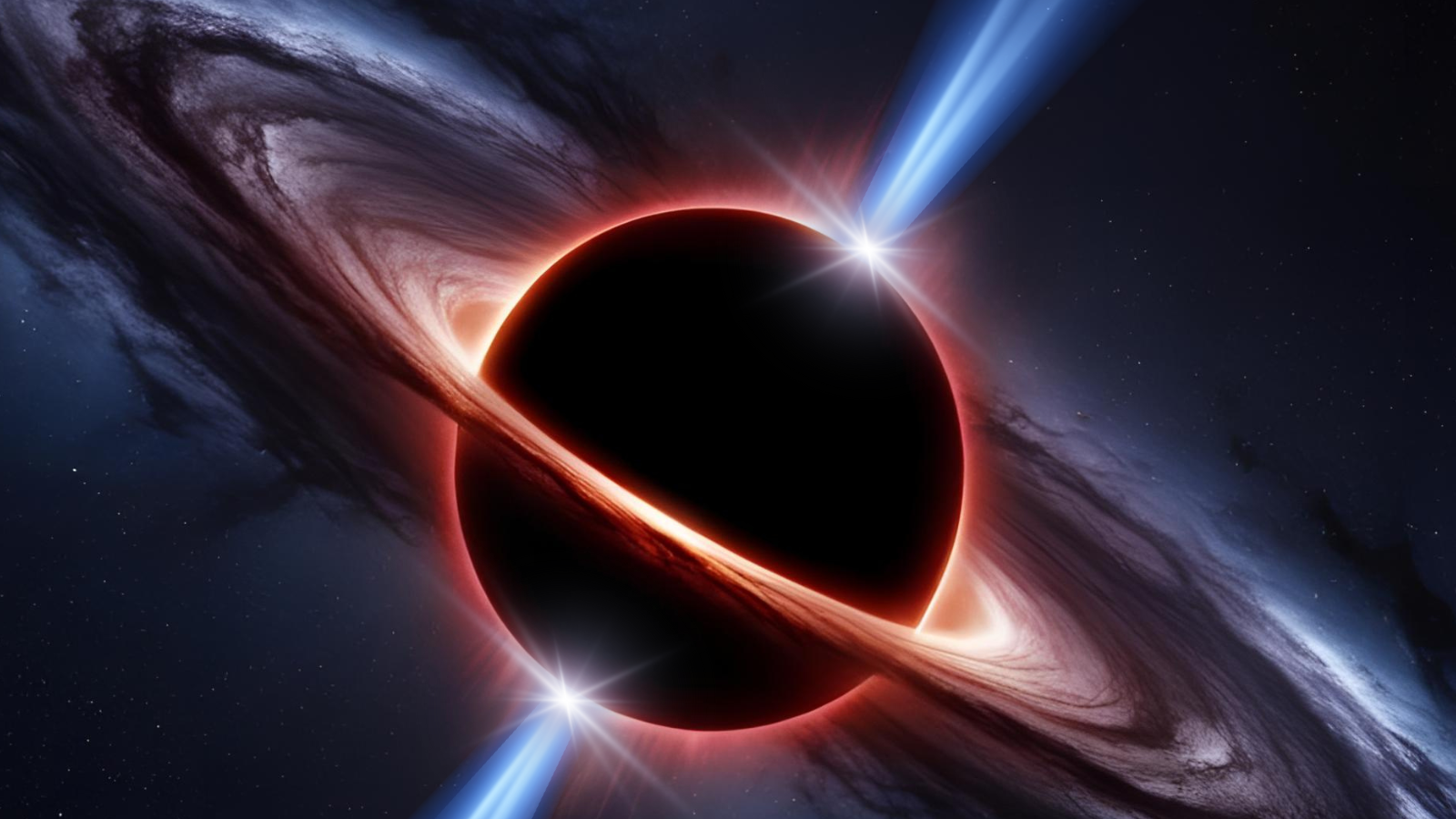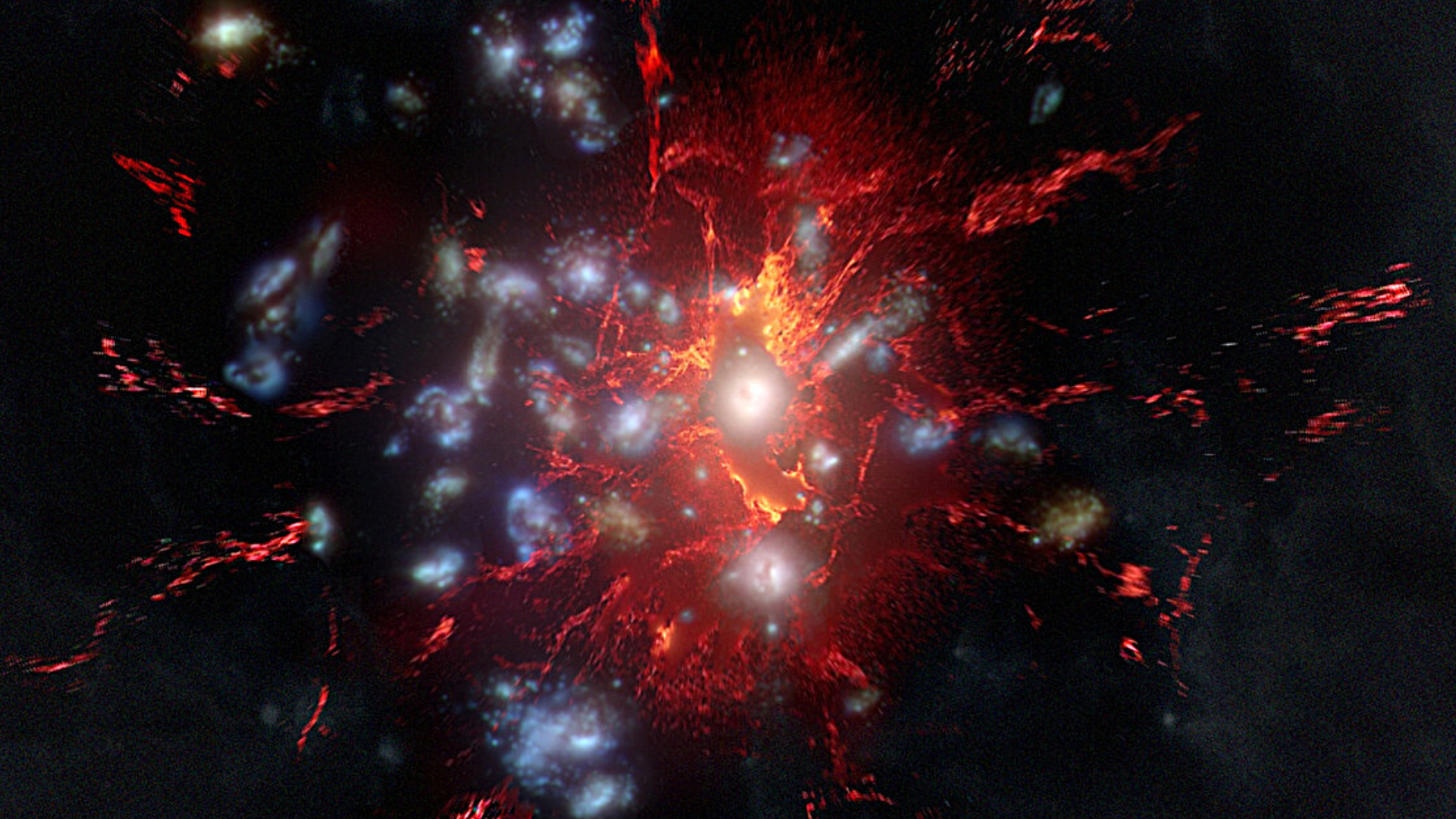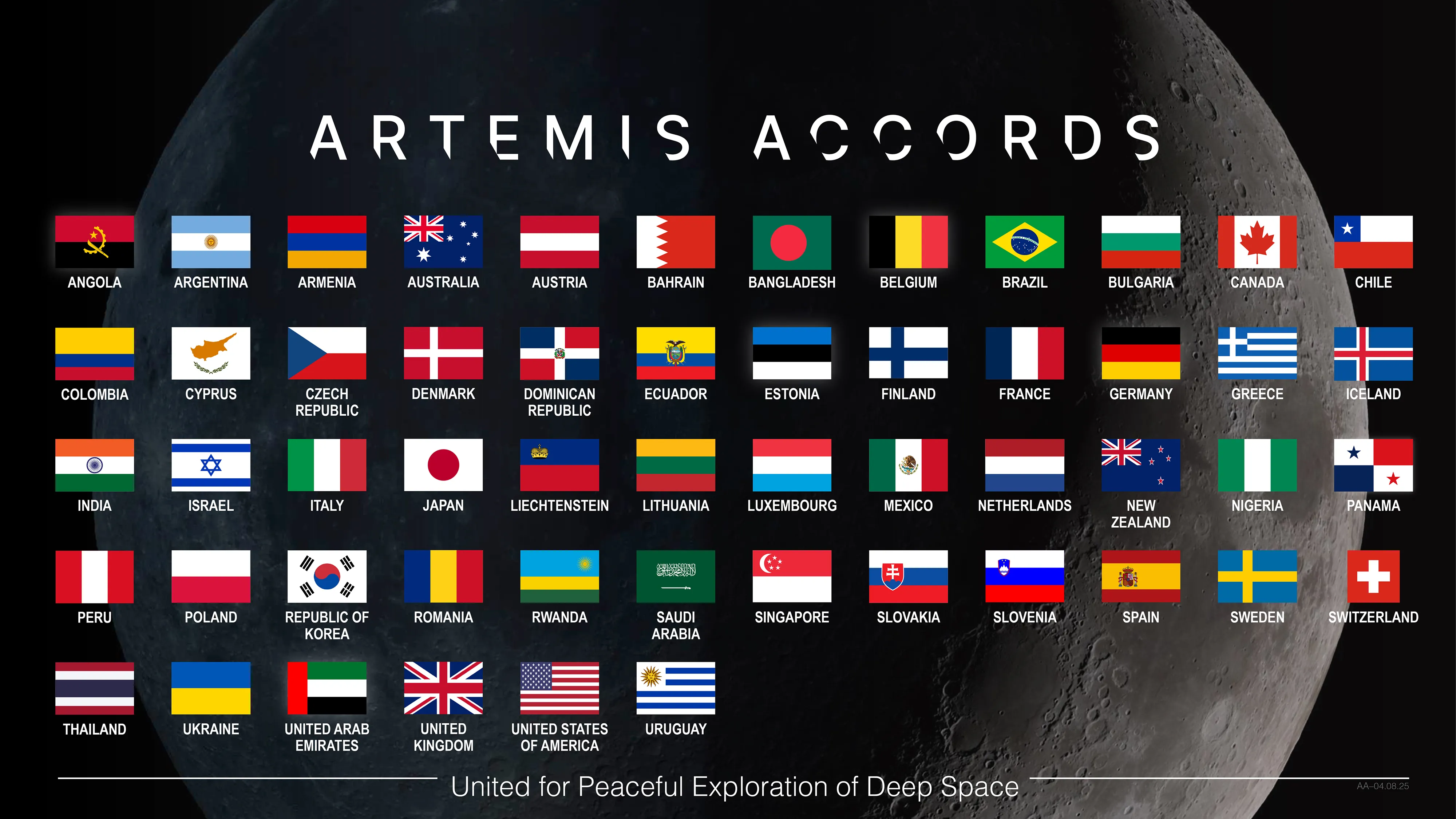How fast will October's annular solar eclipse travel?
A 'ring of fire' annular solar eclipse will speed across the Americas on Oct. 14, 2023.
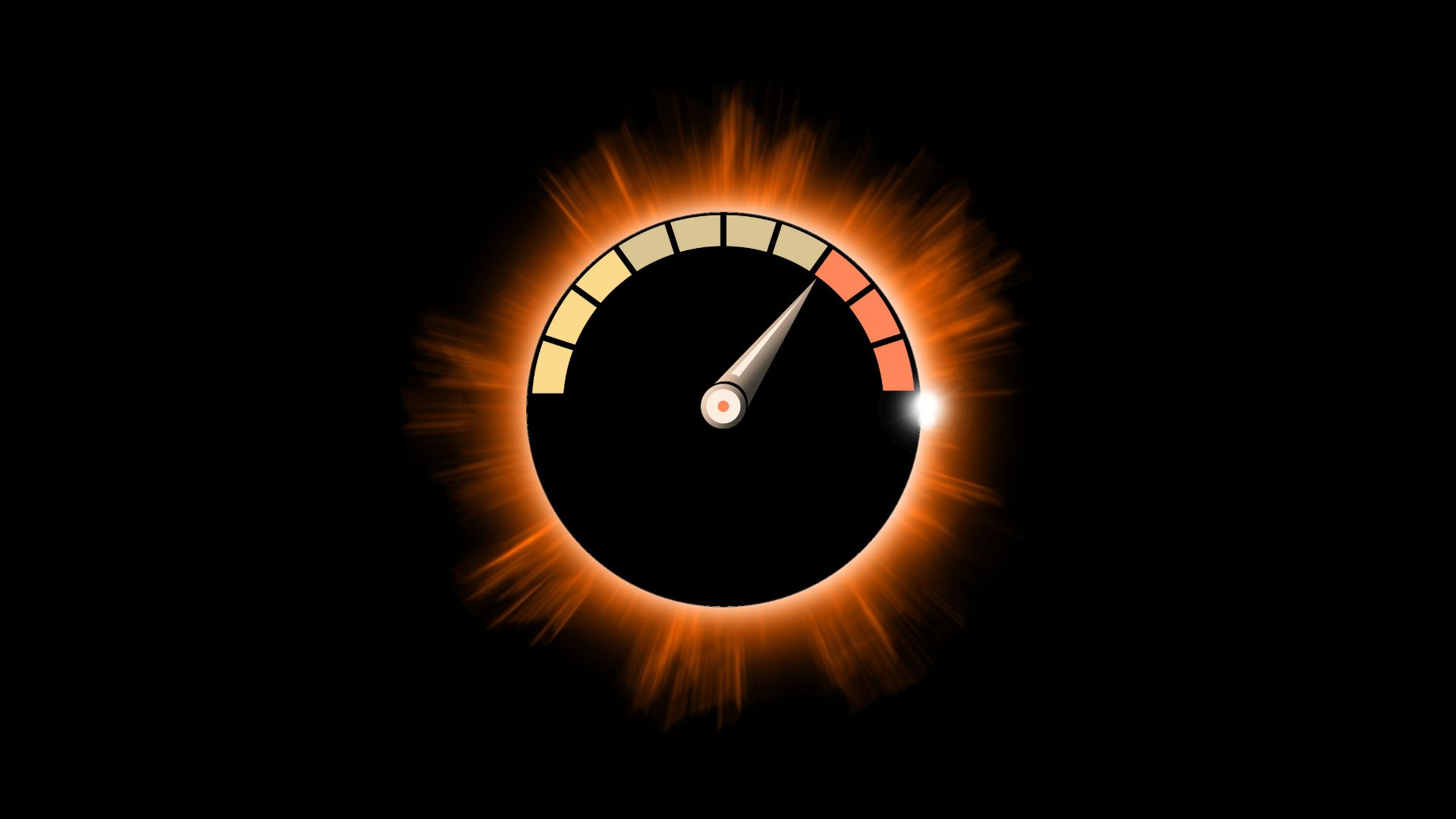
On Oct. 14, 2023, an annular solar eclipse will occur across the Americas during which part of the moon's shadow will travel faster than 550,000 mph, more than twice as fast as a bolt of lightning. It will also travel as slow as 1,250 mph, about the same as a jet fighter.
It all depends on where on Earth the eclipse is happening. "How fast the eclipse travels depends on the geometry — where on Earth the shadow is traveling, as well as the distance to the moon and the moon's orbital speed," Dan McGlaun, an eclipse calculator and cartographer whose website Eclipse2024.org simulates exactly what observers will see during the annular solar eclipse told Space.com.
Related: Annular solar eclipse 2023: Everything you need to know about North America's 'ring of fire' eclipse
Where the eclipse will move fastest
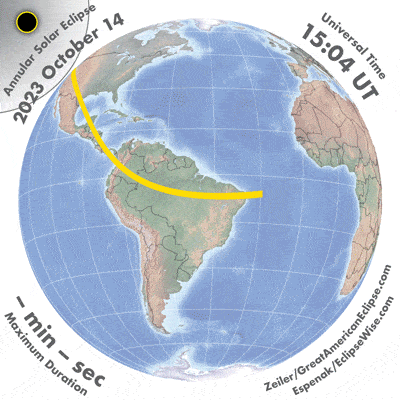
The fact that Earth is round makes a massive difference to the speed of the eclipse. As it first strikes the northern Pacific Ocean the moon's antumbral shadow (within which the "ring of fire" will be visible) will move at an astonishing 198,842 mph, according to Xavier Jubier's interactive eclipse map. As it departs the planet 219 minutes later in the Atlantic Ocean it will do so at 582,976 mph. "The shadow always moves fastest at the extremes of the path, because at those locations, the axis of the shadow is more tangent to Earth's surface," said McGlaun.
Where the eclipse will move slowest
In the middle of the path — where a "ring of fire" will appear for 5 minutes 17 seconds off the coast of Nicaragua — the eclipse will travel at a relative snail's pace of just 1,251 mph. "In the middle of the path, the axis is basically perpendicular to the surface," said McGlaun. "So even though the moon itself doesn't slow, the intersection of the Earth and moon's shadow does."
How fast the eclipse will move in the U.S.?
Nowhere in the U.S. will the shadow's speed be at its fastest or slowest for this eclipse. As it strikes the Oregon coast at 9:13 a.m. PDT the speed of the moon's shadow will have already slowed down significantly to 5,683 mph. As it leaves the coast of Texas just 50 minutes later at 12:03 p.m. CDT it will have slowed down to 1,772 mph. So during its passage southeast across the U.S., it will decrease in speed by 3,911 mph.
The moon's shadows explained
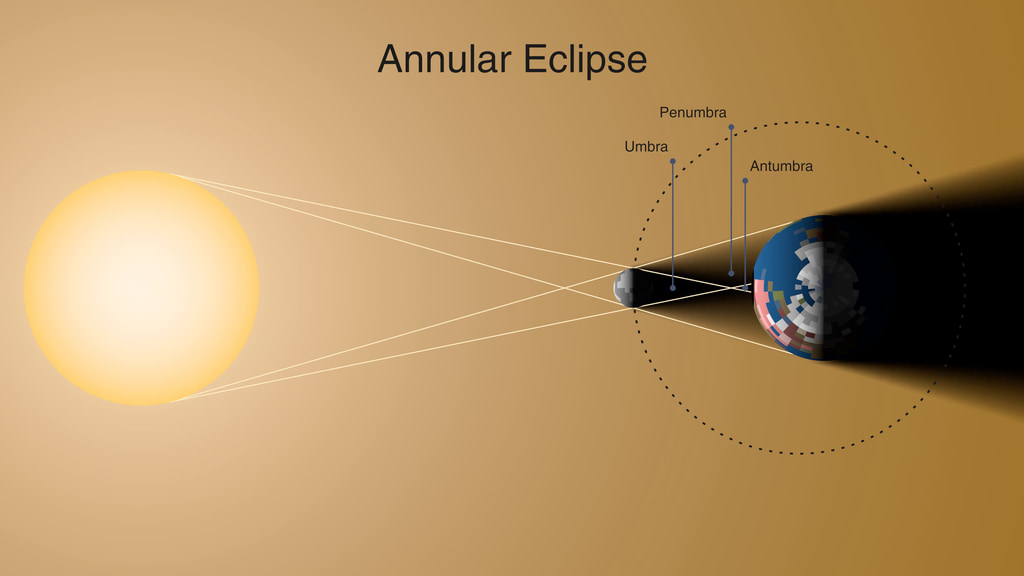
When the moon is closest to Earth it can completely cover the sun to create a total solar eclipse. Since the moon is much smaller than the Earth it casts a tiny shadow across the Earth's surface — the path of totality — but that's not what's happening on October 14. On that day it will be a little farther away in its orbit so it won't completely cover the sun. However, as seen from a 125-mile wide path through eight U.S. states, it will go straight across its center to create a brief "ring of fire".
Get the Space.com Newsletter
Breaking space news, the latest updates on rocket launches, skywatching events and more!
The moon's central shadow, its umbra, is cone-shaped. During a total solar eclipse, the tip of that cone touches Earth. However, during an annular solar eclipse that cone doesn't quite touch the Earth at all. This creates an antumbra where the moon appears completely within the sun's disk, according to GreatAmercianEclipse.com.
Join our Space Forums to keep talking space on the latest missions, night sky and more! And if you have a news tip, correction or comment, let us know at: community@space.com.

Jamie is an experienced science, technology and travel journalist and stargazer who writes about exploring the night sky, solar and lunar eclipses, moon-gazing, astro-travel, astronomy and space exploration. He is the editor of WhenIsTheNextEclipse.com and author of A Stargazing Program For Beginners, and is a senior contributor at Forbes. His special skill is turning tech-babble into plain English.
-
billslugg I was in Piedmont Park, Atlanta for the May 30, 1984 annular eclipse. Great weather, good crowd. Best part was the tiny circles on the ground under every tree.Reply -
Dugggg I don't think that speed formula works properly near the two ends of the eclipse path. A reasonable estimate simply divides the path width by the duration of totality, and I just don't see how you could possibly get 500,000 mph here.Reply -
billslugg The Moon's shadow first touches the Earth tangentially. At that moment, the speed is infinite. It slows down until midpoint then speeds up becoming infinite again when the shadow leaves Earth.Reply
